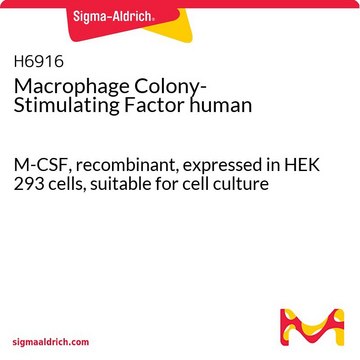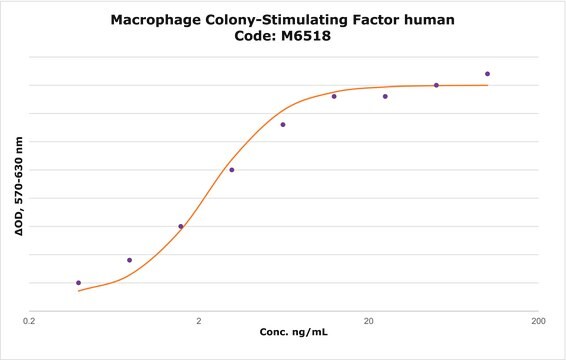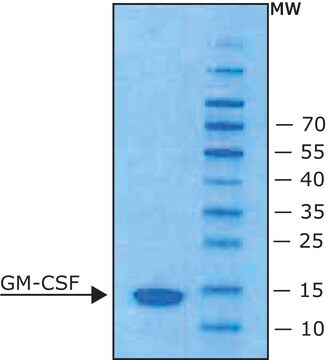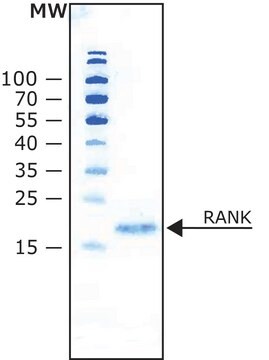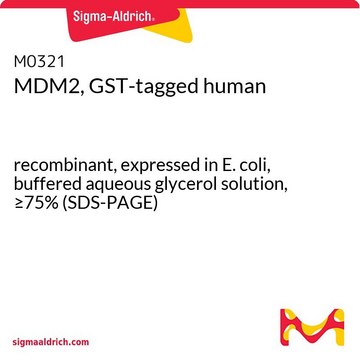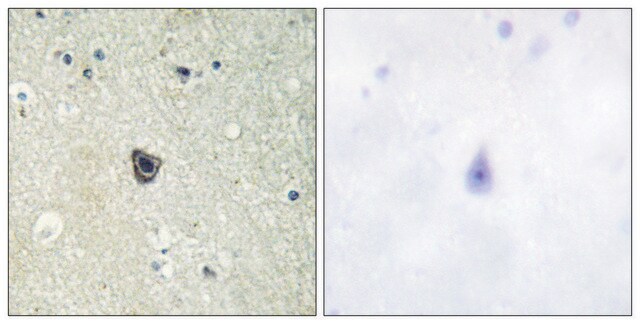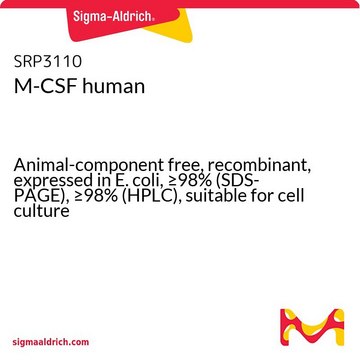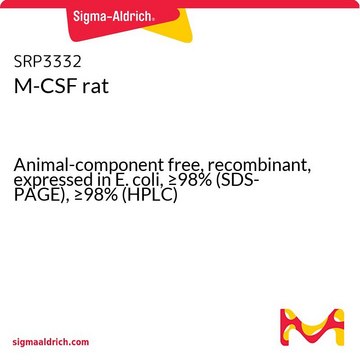M9170
Macrophage Colony-Stimulating Factor from mouse
≥98% (SDS-PAGE), recombinant, expressed in E. coli, lyophilized powder, suitable for cell culture
Sinonimo/i:
CSF-1
About This Item
Prodotti consigliati
product name
Macrophage Colony-Stimulating Factor from mouse, recombinant, expressed in E. coli, lyophilized powder, suitable for cell culture
Livello qualitativo
N° accesso UniProt
Informazioni sul gene
mouse ... Csf1(12977)
Cerchi prodotti simili? Visita Guida al confronto tra prodotti
Applicazioni
- in the initiation of osteoclastogenesis in bone marrow monocyte cells
- to stimulate osteoclast differentiation in non-adherent hematopoietic cell
- for the generation of blood-derived stem cells
Azioni biochim/fisiol
Stato fisico
Risultati analitici
Avvertenze
Warning
Indicazioni di pericolo
Consigli di prudenza
Classi di pericolo
Eye Irrit. 2 - Skin Irrit. 2 - STOT SE 3
Codice della classe di stoccaggio
11 - Combustible Solids
Classe di pericolosità dell'acqua (WGK)
WGK 2
Punto d’infiammabilità (°F)
Not applicable
Punto d’infiammabilità (°C)
Not applicable
Dispositivi di protezione individuale
dust mask type N95 (US), Eyeshields, Gloves
Certificati d'analisi (COA)
Cerca il Certificati d'analisi (COA) digitando il numero di lotto/batch corrispondente. I numeri di lotto o di batch sono stampati sull'etichetta dei prodotti dopo la parola ‘Lotto’ o ‘Batch’.
Possiedi già questo prodotto?
I documenti relativi ai prodotti acquistati recentemente sono disponibili nell’Archivio dei documenti.
I clienti hanno visto anche
Il team dei nostri ricercatori vanta grande esperienza in tutte le aree della ricerca quali Life Science, scienza dei materiali, sintesi chimica, cromatografia, discipline analitiche, ecc..
Contatta l'Assistenza Tecnica.